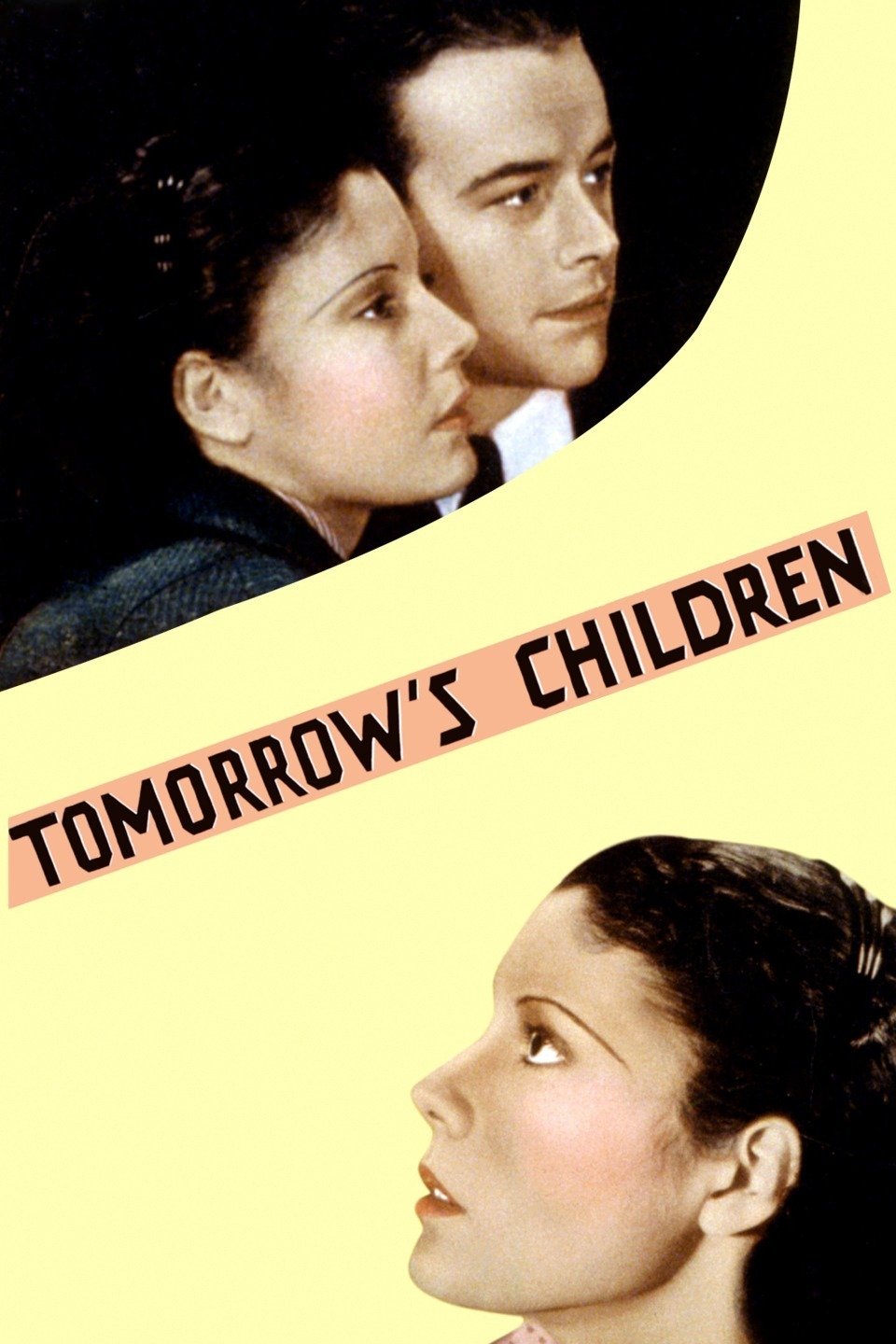Tomorrow’s Children and Teaching Eugenics

In the eugenics module for my Loyola Chicago class, we screen Tomorrow’s Children (1934). The film is out of copyright protection and therefore in the public domain, free for use by all. A version of passable quality is available via YouTube.
Tomorrow’s Children is the story of a young woman, Alice, from a problematic family. The family members are, in the story, victims of poor “genetics.” The family consists of an alcoholic father and mother, a brother with a birth defect, a sister who is “slow,” and another brother in prison.
The film opens with the mother having had a miscarriage. A doctor, on a follow-up home visit, recommends that the family be checked by a local welfare board. The welfare board, however, is filled with ardent, thorough-going eugenicists. For the social good, they argue, this family can be awarded monetary welfare benefits but only if the father, mother, and Alice be sterilized. The other two siblings (the brother and sister), in addition, must be institutionalized.
Alice is, of course, in love with a fine young man. She has zero “visible” physical traits that obviously group her with her family. The story from there involves well-meaning (and some ideological) physicians and nurses, a chase sequence, a stern judge, some lascivious and genetically faulty criminals, class privilege, and predictable sentimentality. Without giving away too much of the story, the intervention of a Catholic priest ends up being decisive with the judge, the family, and the starry-eyed young couple.
The movie is from The Code Era, with Will Hays’ Office leading Hollywood’s self-censorship efforts under the old Motion Picture Production Code. When ready for distribution, Tomorrow’s Children had trouble with Code-era screening boards, due its controversial themes, at the state level. In the end it only saw immediate release in Ohio and Pennsylvania. The producer (Foy Productions, Ltd) and director, Crane Wilbur, took their case to the courts, and eventually lost, in 1938, at the federal appellate level. So the film was never widely viewed.
It does its job, however, in the classroom. It’s only 70 minutes. It presents numerous problems in relation to eugenics, class bias, Progressive Era social control and elitism, medical ethics (individual cases versus social good), and family tensions. The film does not attempt to refute eugenics (the cultural and social moment were not yet ripe for that). Indeed, eugenics is still viewed as a science in Tomorrow’s Children—a point that is salient for teaching. In terms of moral messages, the film does call, however, for moderation and case exceptions. It also takes a stand against surgical sterilization as the one-size-fits-all solution to genetically disadvantaged families.
If you are teaching eugenics and looking for a primary resource to present to students, I can recommend Tomorrow’s Children—so long as the low-quality copied version is available on YouTube. I wonder if those who teach eugenics and the history of medicine shouldn’t advocate for a restored version to be made available by screening services commonly held by college libraries? – TL

